As mentioned in my last post, this weekend marked the re-opening of the Whitworth Art Gallery. Blake was given a prominent role in the opening celebrations in a variety of weird and wonderful ways.
I’m going to begin by getting my grumble out of the way. Perhaps the most talked-about aspect of the opening celebrations was Cornelia Parker’s ‘Blakean Abstract’ which involved graphene — a new super-material created by scientists at the University of Manchester — made using a speck of graphite from the back of a Blake drawing in the Whitworth’s collection. The graphene was used to activate a meteor shower over Whitworth Park on Friday evening. This was hailed as a remarkable collaboration between art and science, a product of the gallery’s status as a university art gallery. Fair enough. But it was a show that was essentially put on for an invited audience as part of a launch party the evening before the gallery opened to the public. Apparently it was visible in the surrounding area, but the park itself in which the gallery is situated was closed, and it was not advertised as a happening that anyone could witness (I only found out the timing by asking, although in the end an ill-timed cold and a rain shower put me off hanging around outside on a cold, damp evening in the hope of a second-rate view of the piece). I do not begrudge VIPs their private party, but to make the headline happening a closed event seems to me a great shame. It is also not very Blakean to make art for VIPs — he hated all forms of institutional hierarchy. Perhaps one could argue that the lack of advertising piece to the general public mirrors Blake’s own failure to promote his work, but the view available to those not invited to the party must have been an inferior one, so the injustice remains. Perhaps there was a worry about numbers, but I find it difficult to believe that the meteor shower would have attracted a (significantly) bigger crowd in the park than the fireworks which took place as part of the public programme on the Saturday night (more on that presently).
I’d also like to take issue with ‘abstract’. I assume Parker intended the term to be read in at least two ways: first, analogous to Blake’s poem ‘The Human Abstract‘ or the abstract that I will have to write to summarise my PhD thesis, the term can refer to the ‘abstract’ of the Blake drawing used to produce the graphene; second, in reference to the nebulous form of the piece. The latter reading makes ‘Blakean abstract’ an oxymoron; for Blake:
The great and golden rule of art, as well as of life, is this: That the more distinct, sharp, and wirey the bounding line, the more perfect the work of art; and the less keen and sharp, the greater is the evidence of weak imitation, plagiarism, and bungling.
(A Descriptive Catalogue, 1809)
Having said that, the idea of lighting up the sky with sparks and stars does resonate with a lot of imagery in Blake’s works — both visual and verbal. One might also object that Blake would have shuddered at the idea of his work being brought together with science in light of his negative view of the contrary discipline, but he liked experimenting with materials as much as the next artist, so he might have embraced graphene just as quickly as Cornelia Parker.
Right, grumble over; I’m glad I got that out of my system! But this complaint did not take away from the marvellous day I had at the public opening extravaganza yesterday in which Blake’s presence continued. Cornelia Parker’s show inside the gallery included further Blakean references in casts of the gaps between pavements at Bunhill Fields — where Blake is buried — and in Jerusalem — a place Blake visited frequently in his imagination but not in the flesh. Personally, I could take or leave these pieces, but the notion of making use of negative space does have some interesting resonances with Blake’s printing practices and his statement in The Everlasting Gospel, ‘thou readst black where I read white’ (although Parker doesn’t mention these points in her guide to the exhibition, so I might be trying too hard to read them through a Blakean lens).
Of greater interest to me are eight Blake works included in the display of watercolours that forms one of the ten opening exhibitions. Among other pieces in this display are views of eighteenth-century London and works by JMW Turner, thus presenting Blake alongside his contemporaries. The hang is Victorian-style, which means that the works are hung densely, and some above eye-level. This means that they are not all easily viewable, but it’s always refreshing to see works displayed in different ways, and one can spot different things by seeing works from different angles and alongside different neighbours. I look forward to returning to see these works again over the next few months — and eavesdropping on what other visitors have to say out them!
As darkness fell, some of the Blake works works were projected onto one of the new wings of the building (and, inexplicably, a drawing by Blake’s namesake William Blake Richmond). Blake himself wished that his works could be produced on a grand scale adorning public buildings, an ambition which was not realised in his lifetime, but which a digital projector now makes readily realisable (if not in the form which Blake himself imagined). The evening closed with a firework display accompanied by (or accompanying) the Halle Youth Choir singing settings of Blake’s poems. It began with the rather ‘contrary’ juxtaposition of the pastoral ‘The Shepherd’ and ‘The Lamb’ and bursts of fire. But Blake himself delighted contraries and perhaps in the latter the aptly-named ‘Two Tigers Fireworks’ had in mind Blake’s fiery ‘Tyger‘ and the famous line ‘Did he who made the Lamb make thee?’ ‘The Lamb’ of course, is Jesus, but so is the Tyger — so the juxtaposition was, for me, a reminder that I need to do justice to the mild and the angry in Blake’s Christ in my thesis.
The final piece was the old favourite, Parry’s Jerusalem – ‘burning gold’, ‘chariot of fire’ and not least, on Valentine’s day, ‘arrows of desire’ were brought to life as fireworks. The arrangement rather too messed about with the rousing anthem for my liking, although I did enjoy the alteration of ‘the dark Satanic mills’ to ‘these dark Satanic mills.’ Blake was probably not, as some locals seem to think, talking about the mills of Manchester (at least, not specifically — as the title of this blog attests, he was quite capable of naming and shaming places when he wanted to), but nevertheless, the song speaks to Joseph Whitworth’s ambition to build a public space ‘for the perpetual gratification’ of the people who lived among Manchester’s mills. And now, Manchester’s New Jerusalem — or Golgonooza, Blake’s city of art — has been renewed once more.
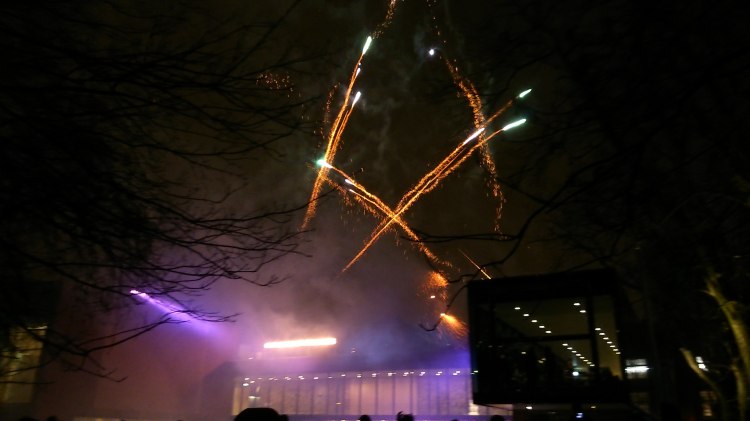
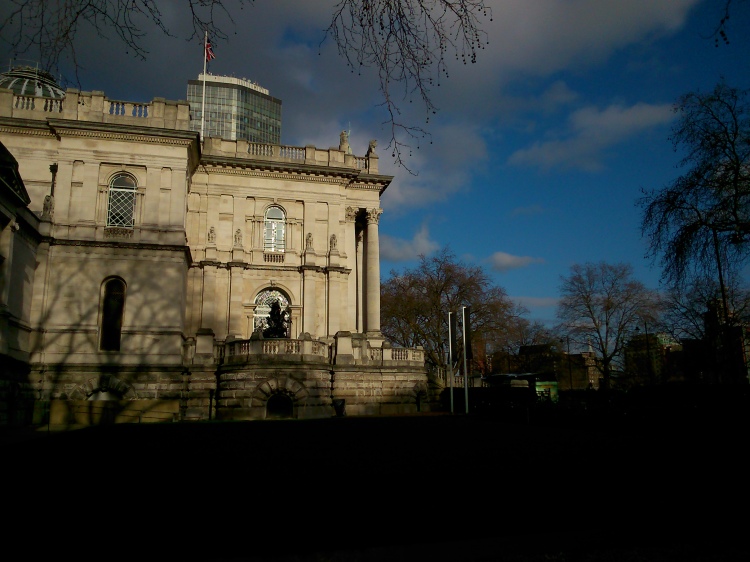
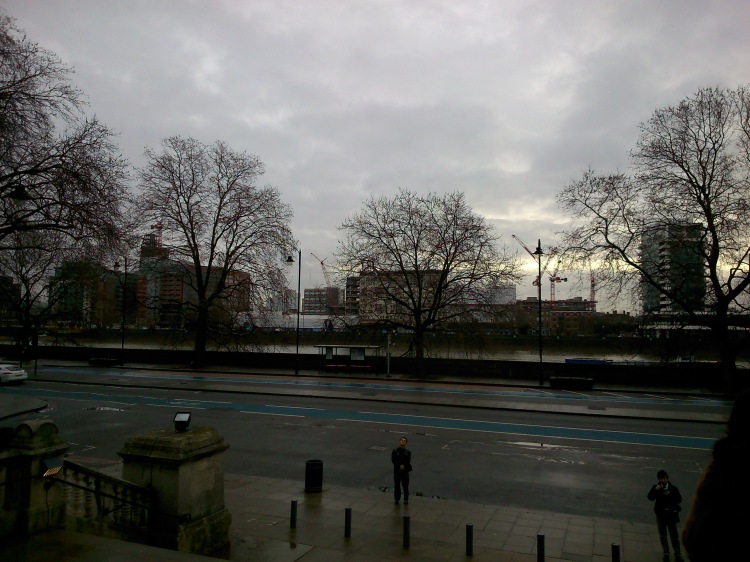
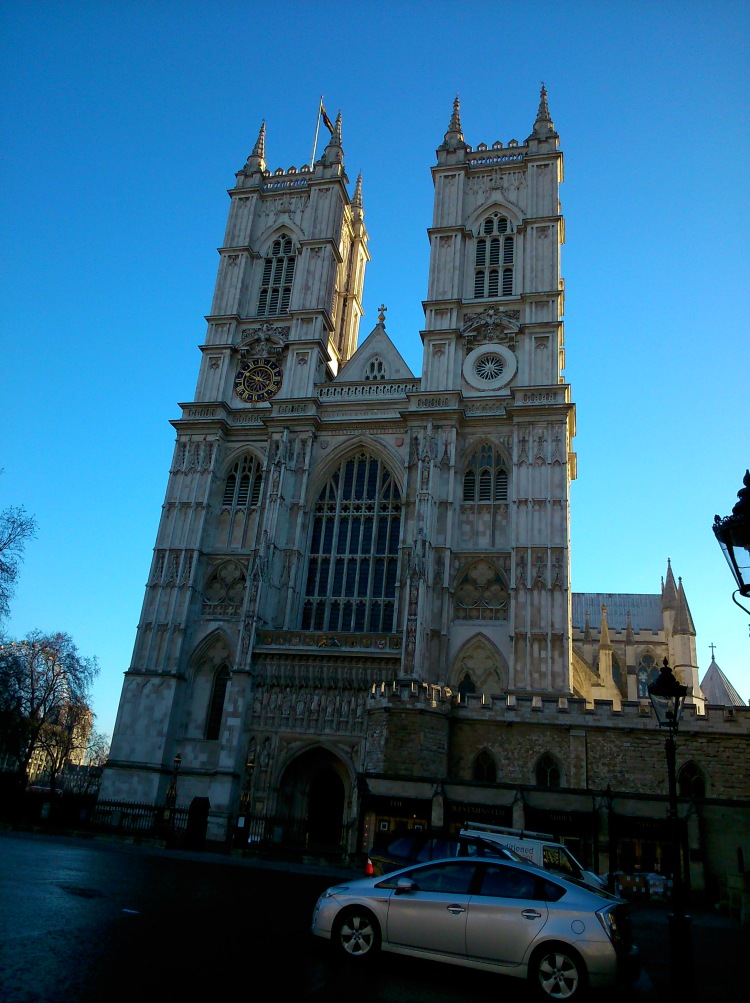
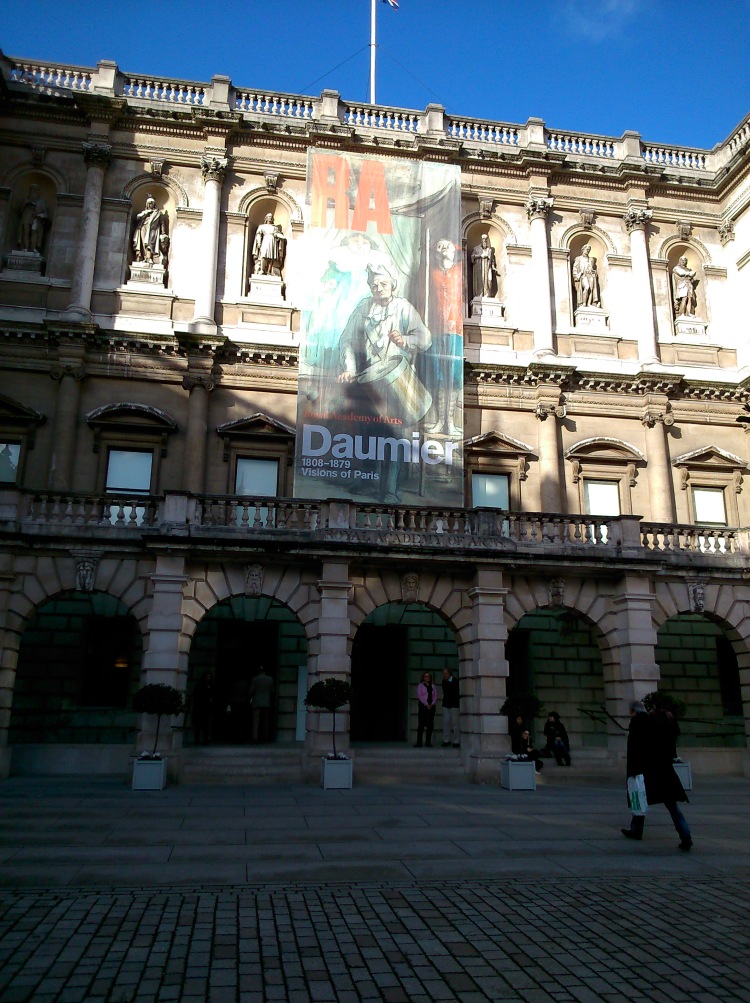
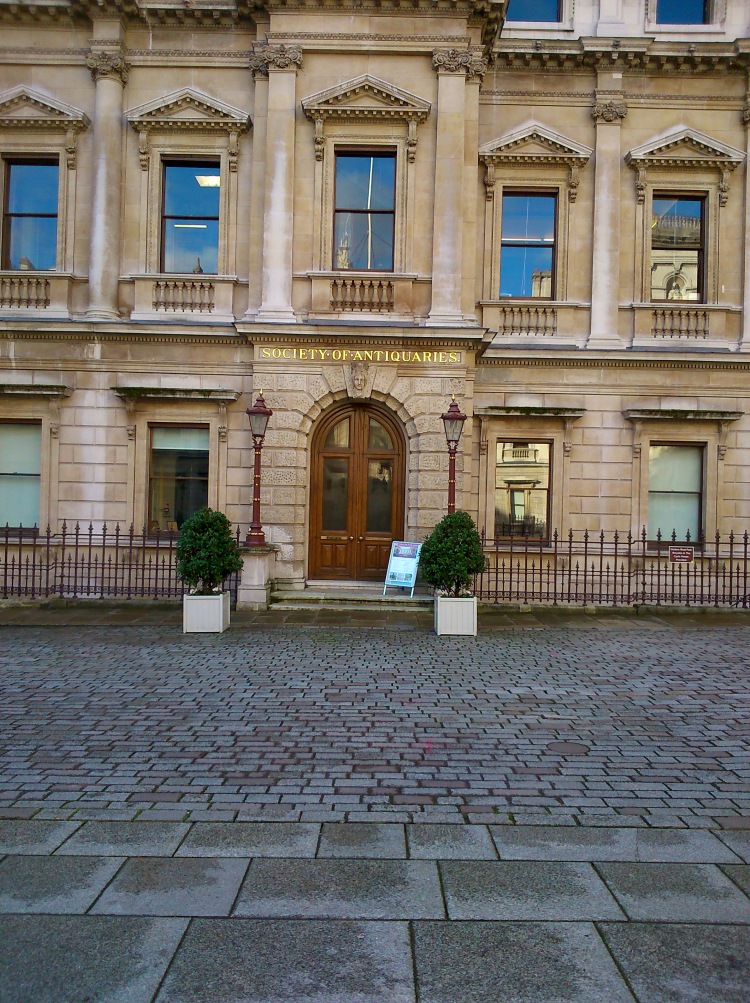
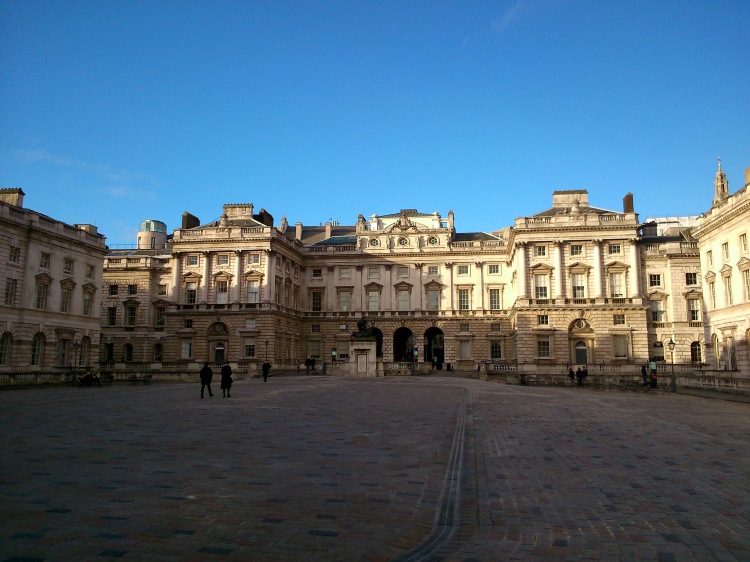
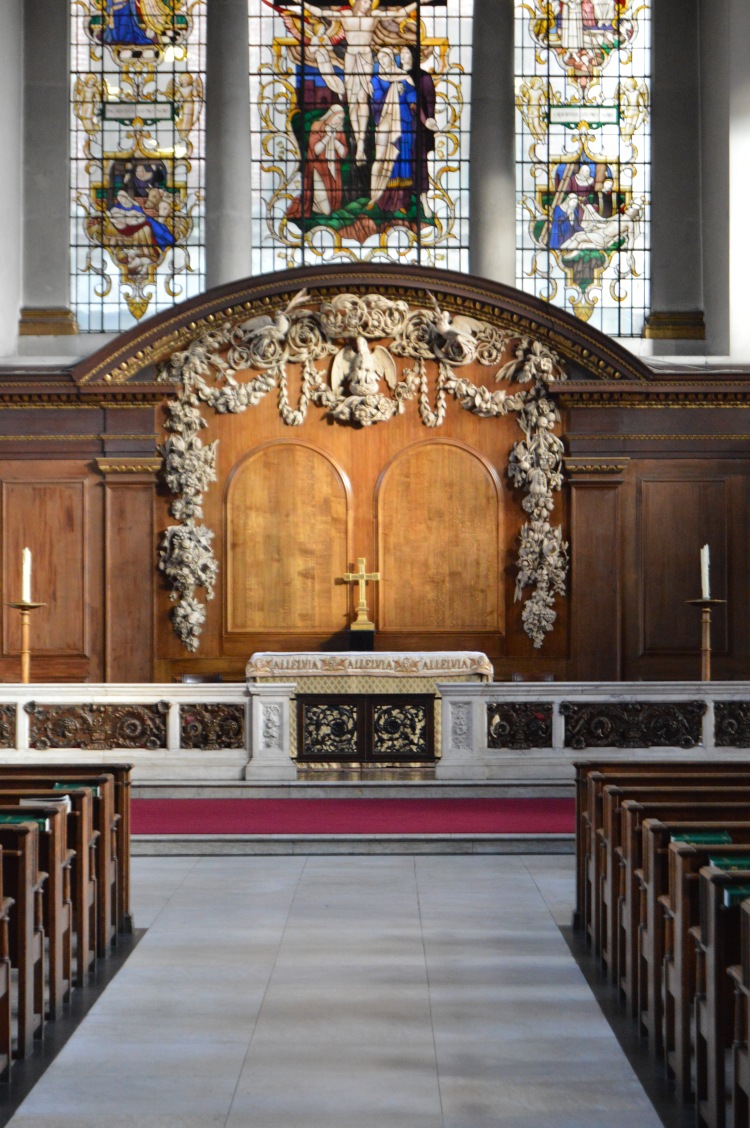
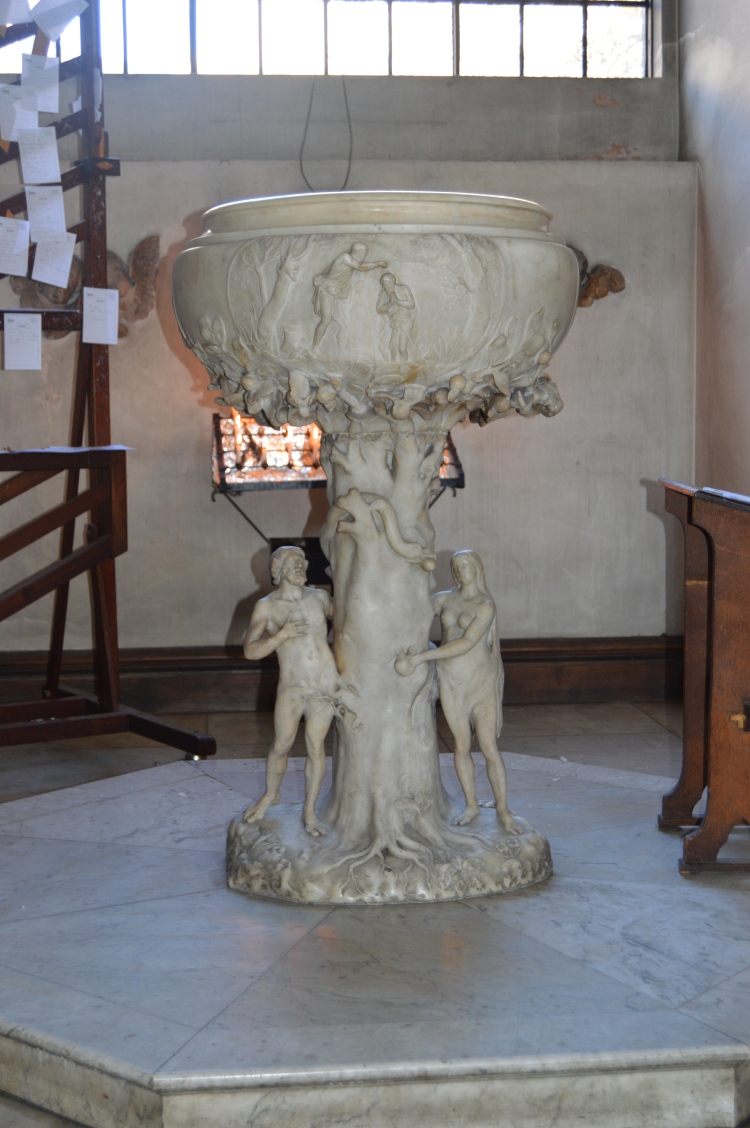
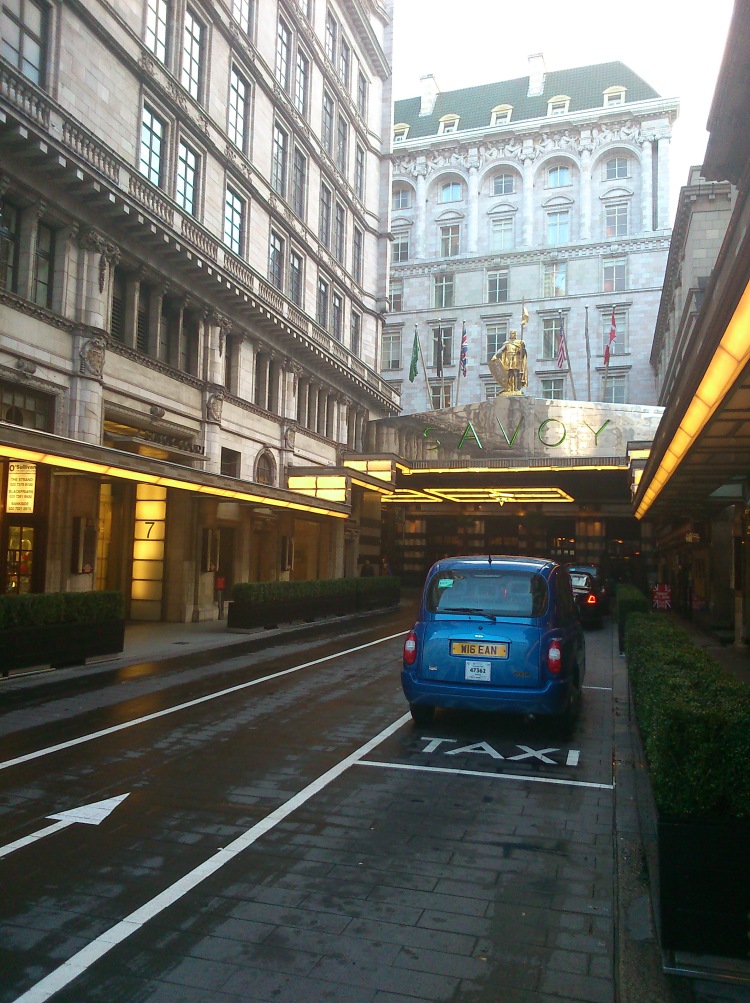
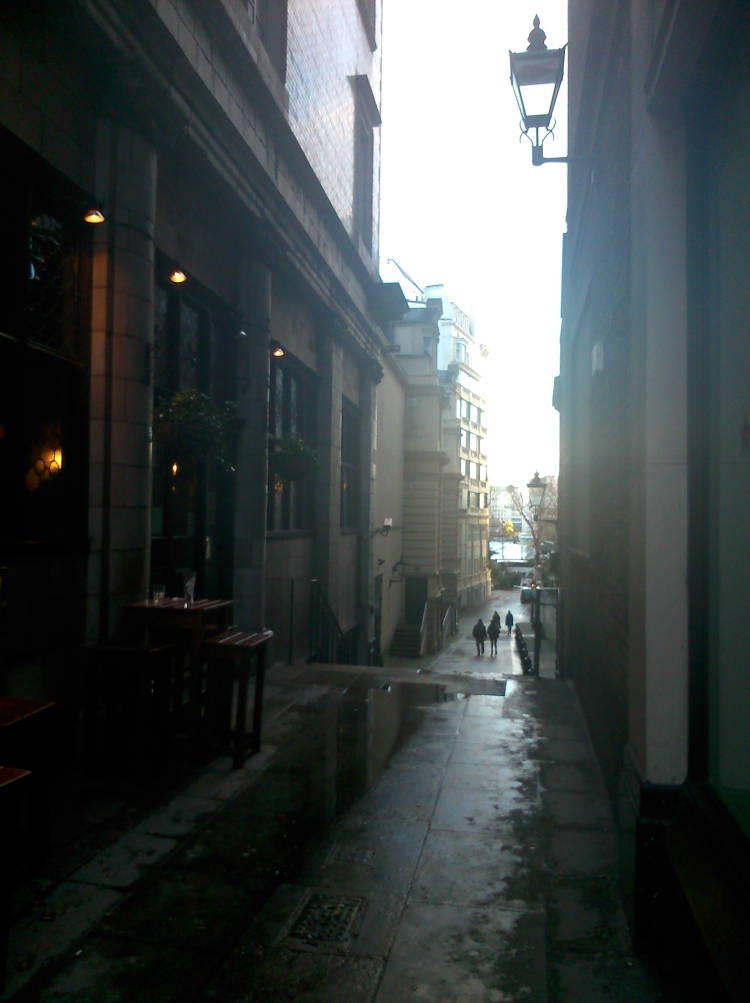

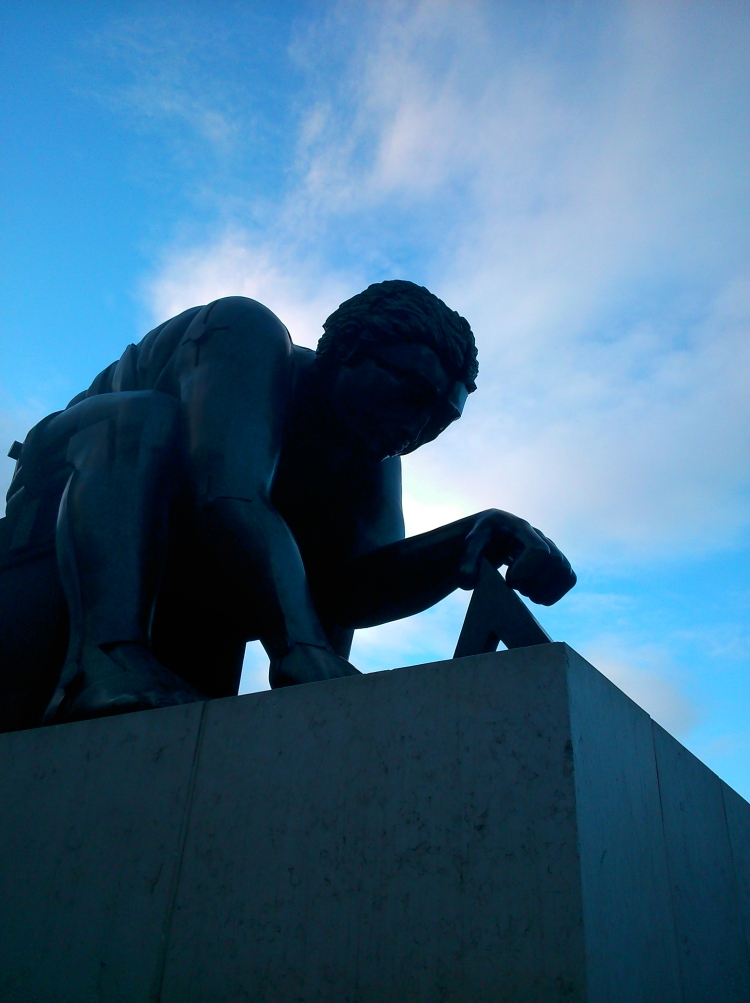
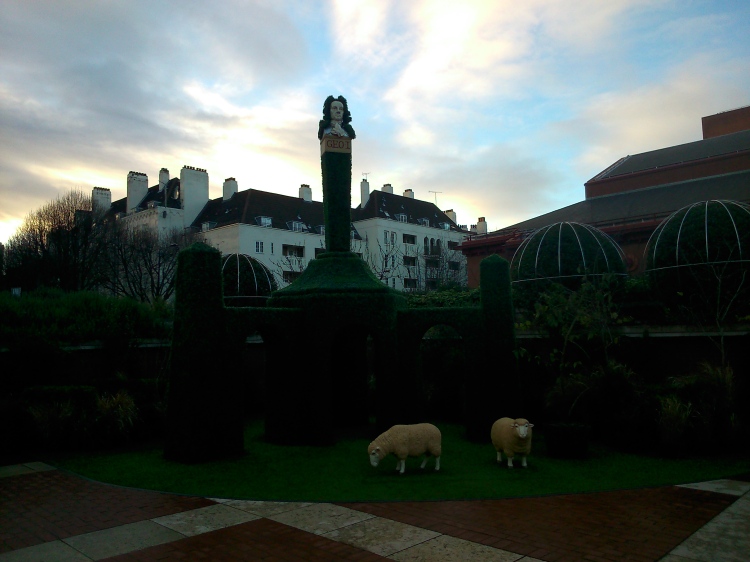
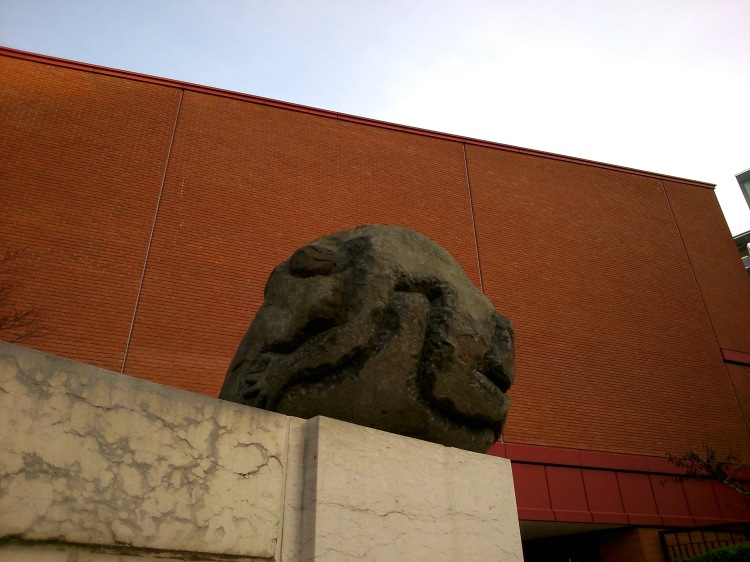
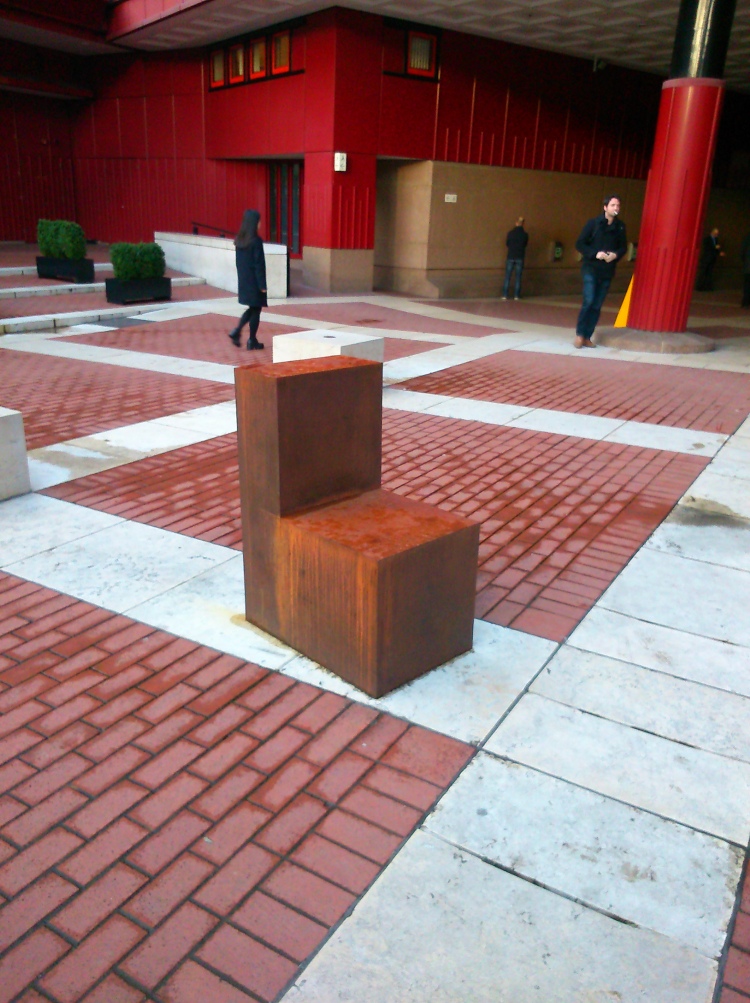
You must be logged in to post a comment.